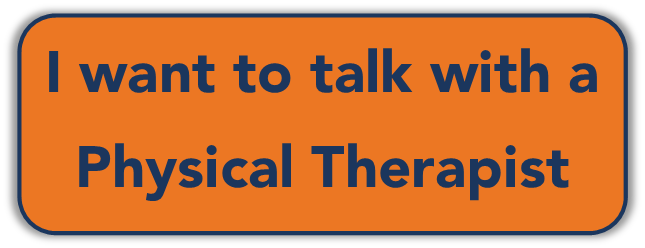Physical therapy in Oklahoma City for Injury Care
Inflammation is the important first stage of healing damaged tissues. Healing cannot occur until inflammation has come and gone. After an acute (new) injury it is important to begin treatment early so the inflammatory stage is kept to 24-48 hours, then the next stage of healing can begin. Rest, ice, compression, and elevation are all important components in controlling excess inflammation and encouraging a speedy recovery.
Edema and swelling: What is the difference?
Edema and swelling are two terms to describe the same thing. It results from inflammation of tissues that have been damaged and increased blood circulation in the area.
Why does inflammation occur after an injury?
Immediately after an injury, the body floods the injured area with white blood cells and other cells to destroy bacteria and eat up dead or dying cells so that the repair process can begin. Swelling or edema results from this flood of infection fighters. Normally, a system of vessels similar to arteries and veins called lymphatic vessels drains the area of excess fluid and cells, but after an injury, the lymphatics get blocked. The excess fluid and cells collect in the spaces between the tissues around the site of the injury. As more and more fluid and cells try to occupy a limited amount of space, they start to press on the surrounding tissues, and this pressure is perceived as pain.
Schedule a Free Consultation today.
Are there different kinds of inflammation?
Generally, anything that ends in “ítis” means inflammation. Classic signs of inflammation include redness, heat, swelling, and pain. For example tendonitis (tendon inflammation), bursitis (bursa inflammation), arthritis (joint inflammation), etc.
Even though these structures are different, they all swell in similar ways. Consequently, they can all be treated in similar ways.
Tendonitis
Tendonitis is inflammation of the muscle tendon or the connective tissue sheath that surrounds it. Tendons connect muscles to bone. When muscles are overused or used in a way that they are not used to, the tendon sheath can become irritated which may lead to inflammation.
Scientific note: Tendonitis is a commonly used term but recent research suggests that often there is little or no inflammation present in the tendon itself and that the pain stems from the fraying or breakdown of the tissue. This condition is called tendonosis or tendonopathy and requires a different treatment approach than attempting to decrease inflammation.
Bursitis
Bursitis is the inflammation of the bursae. Bursae are small, fibrous sacs of fluid that are usually found around joints. They reduce friction between bones, ligaments, and tendons. When they get irritated they become inflamed and produce more fluid. Bursitis is different from edema because the fluid is contained in the bursa and not spread throughout the tissues. Bursitis can still be painful, as the enlarged bursae can compress the surrounding tissues leading to pain. Bursitis can be treated with ice, anti-inflammatory medication, and exercise just like edema.
Arthritis
Arthritis is inflammation in a joint. The insides of joints are lined with a special tissue called synovium. The synovium produces a fluid that acts like oil within a joint to keep the joint surfaces lubricated. When the joint surfaces get irritated, the synovium becomes inflamed and produces more fluid. Excess synovial fluid is like bursitis in that it is enclosed with the joint capsule. It can cause pain and can be treated much the same as bursitis.
How can FYZICAL Oklahoma City help?
Your physical therapist at FYZICAL Oklahoma City can help you to manage your injury, reduce the pain and swelling associated with acute injuries, and can give you exercises to increase strength, and restore mobility and function. Exercise plays an important role in the recovery process. Exercise helps to maintain the motion in the injured area, promotes fluid reabsorption, and prevents the stiffening of joints. Your physical therapist can also educate you on returning to work and ergonomics and can help develop progressive exercise programs aimed at work conditioning.
You just need to get started with an evaluation, today!
When should I see the doctor?
You should see your doctor after injury if:
• the joint is painful or swollen and you are unable to put weight through it
• you can feel something moving abnormally within a joint
• the joint feels unstable or wobbly
• there is no response to PEACE & LOVE and MEAT
• there is persistent weakness or instability
• you have numbness or tingling as a result of the injury
• you are a child or adolescent
A serious injury may deceive you by not being very painful initially. Also, a mild injury may lead to something worse if not properly treated. If in doubt, get it checked out.
-FYZICAL Therapy & Balance Centers of Oklahoma City
FYZICAL Therapy & Balance Centers of Oklahoma City provides orthopedic physical therapy in Lakeside, The Village, Nichols Hills, and surrounding NW Oklahoma City. Our physical therapists are specially trained to treat all types of pain, movement disorders, and musculoskeletal dysfunction including post-surgical recovery from ACL Tear. Our practitioners take a patient-centered individualized approach that focuses on your health needs. If you are unsure about your pain, or you want to see the FYZICAL Difference for yourself, schedule a free consultation today.


